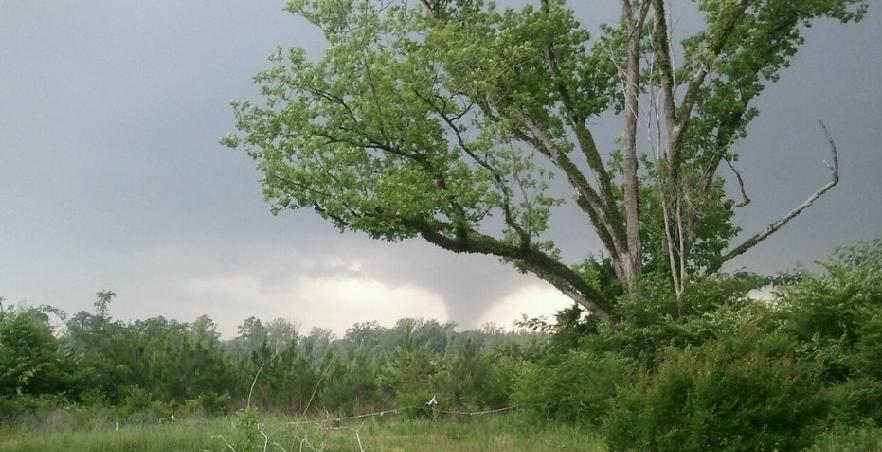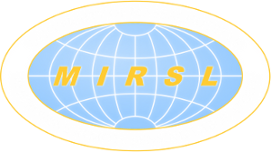MIRSL Participates in new tornado study: VORTEX-SE
Submitted by mirsladmin on Tue, 03/15/2016 - 11:53
MIRSL is participating in the 2016 Verification of the Origin of Rotation in Tornadoes EXperiment -- Southeast (VORTEX-SE) sponsored by NOAA's National Severe Storms Laboratory. During March and Apr il 2016, MIRSL is deploying two mobile radar systems to northern Alabama to study the environment both leading up to and during severe weather outbreaks that can produce tornadoes. MIRSL is partnering with the Purdue University Department of Earth Atmosphere and Planetary Sciences in this project.
il 2016, MIRSL is deploying two mobile radar systems to northern Alabama to study the environment both leading up to and during severe weather outbreaks that can produce tornadoes. MIRSL is partnering with the Purdue University Department of Earth Atmosphere and Planetary Sciences in this project.
The two mobile radars include a polarimetric Doppler weather radar that volumetrically samples storms that pass within 60 km of its deployment site and a continuous frequency-modulated radar that collects vertical profiles of the atmospheric boundary layer throughout the experiment period. Further detail on the radar instrumentation is available here. Current and past radar observations for VORTEX-SE are available here.
The number of killer tornadoes in the southeastern U.S. is disproportionately large when compared to the overall number of tornadoes throughout the country. Researchers believe this is caused by a series of physical and sociological factors, including tornadoes at night, in rugged terrain, as well as tornadoes occurring before the perceived peak of “tornado season,” during a time of year when storms typically move quickly. Other variables include the lack of visibility, inadequate shelter, and larger population density that increases the vulnerability of residents in this area. [from NSSL VORTEX-SE website]
